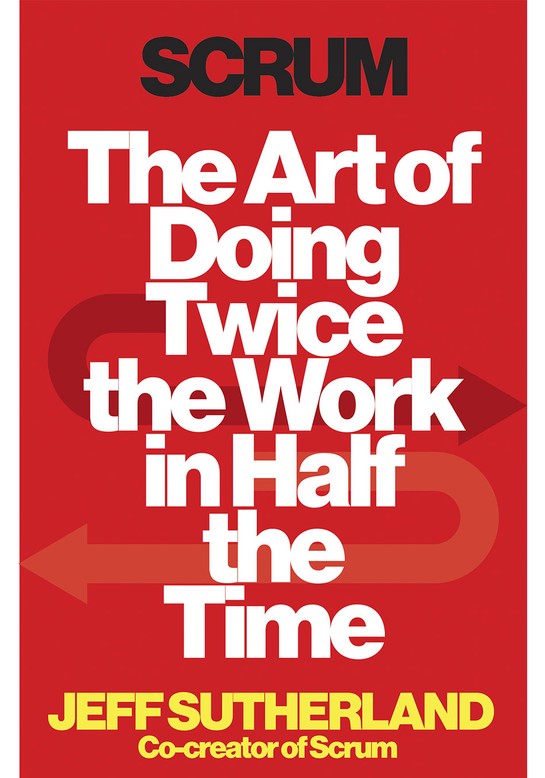Self-Help Advice That Works
We sifted through recent life-improvement books and found the can-do strategies to help you become more successful, calmer, happier, more focused and more connected to others—and to yourself.
By Leigh Newman
What You Want: To be more effective and more efficient.
What to Try: Multiple check ins. Whether you're organizing the PTA carnival, preparing a sales meeting presentation or making pottery at home: the same thing often happens, writes Jeff Sutherland, corporate coach and author of Scrum: The Art of Doing Twice the Work in Half the Time—we work very hard until we think we've got that project perfect, then present it to the public. This is why, he writes, "it takes so long and so much effort to do stuff, and why we're so bad at figuring out how long and how much effort things will take." Instead, whenever we start a project—be it an embroidered pillow or a 22-story skyscraper—we should use the following process: (1) Check in with others who like embroidered pillows or skyscrapers to "see if what you're doing is heading in the right direction, and if it's actually what people want"; (2) check in again once you've done a little more work with the same group to see if "there are any ways to improve how you're doing what you're doing, any way of doing it better and faster, and what might keep you from doing that." All this might sound like plain old ordinary feedback, but it's not. What you're asking for is very specific, very detailed responses—both about the quality of what you're making and the timeframe it can done in, the latter of which is often forgotten about. Think of it this way: If you make the most exquisite embroidered pillow in the world but it takes 37 years, did you succeed in making a gift for your mother's birthday?
What to Try: Multiple check ins. Whether you're organizing the PTA carnival, preparing a sales meeting presentation or making pottery at home: the same thing often happens, writes Jeff Sutherland, corporate coach and author of Scrum: The Art of Doing Twice the Work in Half the Time—we work very hard until we think we've got that project perfect, then present it to the public. This is why, he writes, "it takes so long and so much effort to do stuff, and why we're so bad at figuring out how long and how much effort things will take." Instead, whenever we start a project—be it an embroidered pillow or a 22-story skyscraper—we should use the following process: (1) Check in with others who like embroidered pillows or skyscrapers to "see if what you're doing is heading in the right direction, and if it's actually what people want"; (2) check in again once you've done a little more work with the same group to see if "there are any ways to improve how you're doing what you're doing, any way of doing it better and faster, and what might keep you from doing that." All this might sound like plain old ordinary feedback, but it's not. What you're asking for is very specific, very detailed responses—both about the quality of what you're making and the timeframe it can done in, the latter of which is often forgotten about. Think of it this way: If you make the most exquisite embroidered pillow in the world but it takes 37 years, did you succeed in making a gift for your mother's birthday?
Published 09/29/2014


